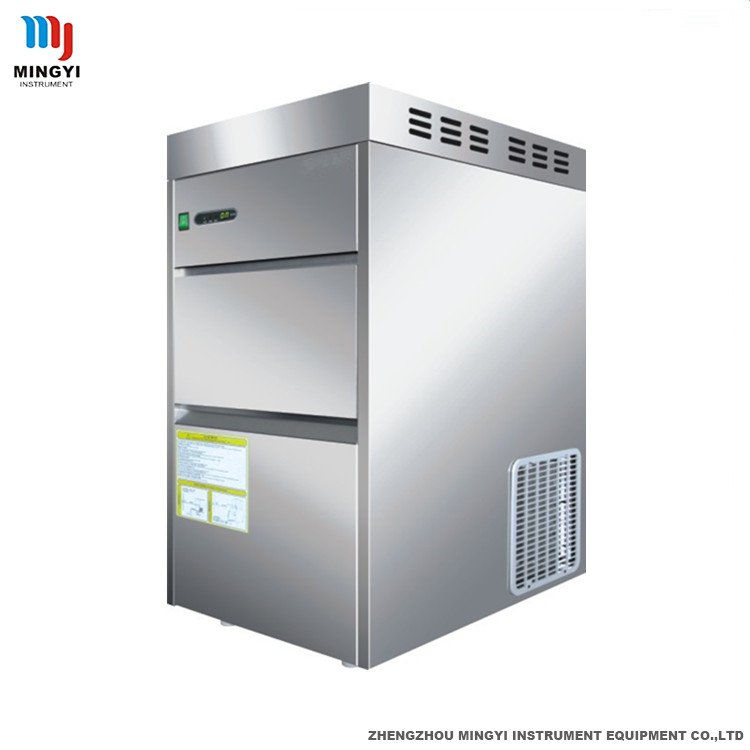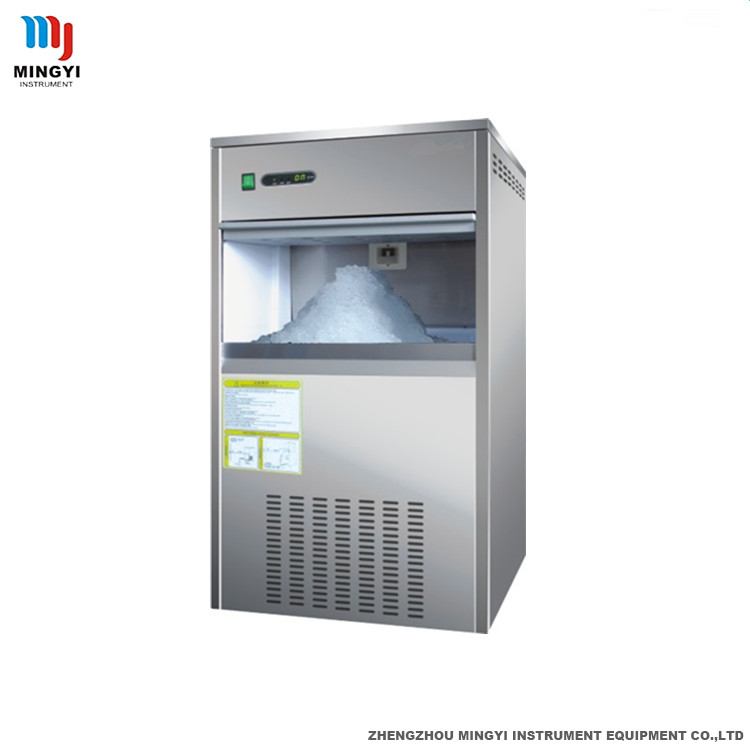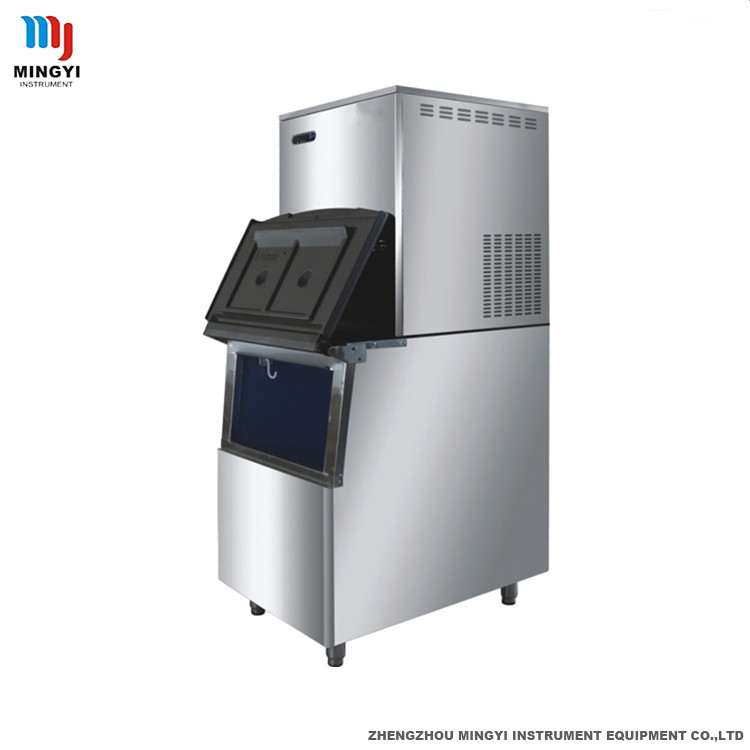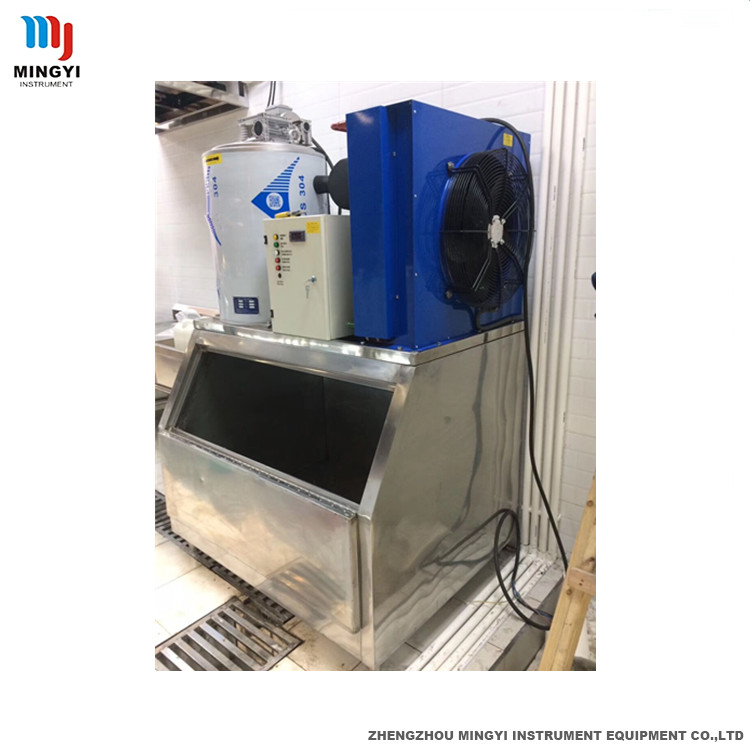Radar level gauges emit very short microwave pulses with very low energy through the antenna system. The radar level gauge is installed and selected. The radar pulse level meter emits very short microwave pulses that are transmitted through the antenna system. Radar waves operate at the speed of light. The runtime can be converted to a level signal by electronic components. A special time extension method ensures stable and accurate measurements in a very short time.
Radar level gauges have false echoes even when the working conditions are more complicated. The latest micro-processing technology and debugging software can accurately analyze the echoes of the level.
Precautions
1: The measurement range is calculated from the point where the beam touches the tank low, but in special cases, if the bottom of the tank is concave or conical, measurement cannot be performed when the level is lower than this point.
2: If the medium is low dielectric constant when it is at a low level.
3: It is theoretically possible to measure the position at the tip of the antenna, but in view of the effects of corrosion and adhesion, the final value of the measurement range should be at least 100 mm from the tip of the antenna.
4: For overfill protection, a safe distance can be defined to be attached to the blind spot.
5: The minimum measurement range is related to the antenna.
The measurement range is calculated from the point at which the beam touches the can, but in special cases, if the bottom of the can is concave or conical, measurements cannot be made when the level is below this point.
If the medium is low dielectric constant, when the tank is at a low level, the bottom of the tank is visible. In order to ensure the measurement accuracy, it is recommended to set the zero point to the position where the low height is C.
For overfill protection, a safe distance can be defined to be attached to the dead zone.
The minimum measurement range is related to the antenna.
CJCS203 radar level gauge installation requirements:
1. Recommended distance (1) wall to the outer wall of the installation short tube.
2. The tank wall is 1/6 of the tank diameter, and the minimum distance is 200mm.
3. Cannot be installed above the inlet (4).
Note: The measurement range is calculated from the point where the beam touches the tank low, but in special cases, if the tank is low or concave, it cannot be measured when the level is lower than this point. If the medium is low dielectric constant, when the tank is at low level, the tank is low visible. In order to ensure measurement accuracy, it is recommended to set the zero point to the position where the low height is C. It is theoretically possible to measure the position at the tip of the antenna, but in view of the effects of corrosion and adhesion, the final value of the measurement range should be at least 100 mm from the tip of the antenna. For overfill protection, a safe distance can be defined to be attached to the dead zone. The minimum measurement range is related to the antenna.
Advantages and applications:
1. The radar level gauge can measure liquid and solid medium such as crude oil, slurry, raw coal, pulverized coal, volatile liquid, etc.
2, can measure in the vacuum can measure all medium constant > 1.8 medium, measuring range up to 35m;
3. The power supply and output signals pass through a two-core cable (loop circuit), using 4...20mA output or digital signal output;
4, non-contact measurement and installation is easy to use extremely stable materials, durable, accurate and reliable resolution up to 1mm;
5, not affected by noise, steam, dust, vacuum and other working conditions;
6, independent of the density of the medium and temperature changes, the process pressure can reach 40bar, the medium temperature can reach 300 °C;
7, there are a variety of installation options: top installation, side installation, bypass pipe installation, waveguide installation;
8, debugging can be selected in a variety of ways: using programming module debugging (equivalent to an analytical processing instrument), SOFT software debugging, HART handheld programmer debugging, debugging is convenient and fast.
Installation method recommended distance
(1) Wall to the outer wall of the installation short pipe: 1/6 of the tank diameter from the tank wall, the minimum distance is 200mm. Cannot be installed above the inlet (4) Cannot be installed in the center position (3) If installed in the center, multiple false echoes will be generated, which will cause signal loss. If the distance between the meter and the tank wall cannot be maintained, the medium on the tank wall will adhere to cause false echoes, and false echo storage should be performed when debugging the meter.
The selection of the radar level gauge is correct to ensure better use of the radar level gauge. What kind of radar level gauge should be selected according to the physical and chemical properties of the fluid medium to be tested? The radar level gauge, flow range, lining material, electrode material and output current can be adapted to the measured The nature of the fluid and the requirements for flow measurement.
1. Precision function inspection accuracy grade and function According to the measurement requirements and the use occasions, the instrument accuracy grade is selected to achieve economical efficiency. For example, in the case of trade settlement, product handover and energy measurement, the accuracy level should be higher, such as 1.0, 0.5, or higher; for process control, select different accuracy levels according to control requirements; It is to detect the process flow, no need to do precise control and measurement, you can choose a lower accuracy level, such as 1.5, 2.5, or even 4.0, then you can use a low-cost plug-in radar level gauge.
2. Measurable medium Measuring medium flow rate, meter range and caliber When measuring general medium, the full flow of radar level gauge can be selected within the range of measuring medium flow rate of 0.5-12 m/s, and the range is wider. The meter specification (caliber) is not necessarily the same as the process pipeline. It should be determined whether the measured flow range is within the flow rate range. That is, when the pipeline flow rate is too low to meet the flow meter requirements or the measurement accuracy cannot be guaranteed at this flow rate, It is necessary to reduce the gauge diameter, thereby increasing the flow rate inside the tube and obtaining satisfactory measurement results.
The measurement method is based on the time domain reflection principle (TDR) based radar level gauge. Part of the pulse of the radar level gauge is reflected to form an echo and return along the same path, but considering the influence of corrosion and adhesion, the end of the measurement range The value should be at least 100 mm from the tip of the antenna. For overfill protection, a radar level gauge flying safety distance can be defined to be attached to the blind spot. The minimum measurement range is related to the antenna. Depending on the concentration, the foam absorbs both the microwave and the reflection, but it can be measured under certain conditions. Go back to the pulse transmitter.
Application Guide Radar level gauges are used in water storage tanks, acid-base storage tanks, slurry storage tanks, solid pellets, and small storage tanks. All kinds of conductive, non-conductive media, corrosive media. Such as coal bunkers, ash silos, oil tanks, acid tanks, etc.
Advantages of Radar Level Gauge The radar level gauge is a non-contact measurement or TDR guided wave measurement. The level gauge is applied by electromagnetic pulse for rapid measurement. It has high precision and strong anti-interference ability. The probe is mostly made of 316 stainless steel or PVDP. )
High pressure resistance (40Kg/cm2)
High temperature resistance (200 ° C)
Precautions for Radar Level Gauge The radar level gauge has certain requirements for the installation space. Pay attention to the dielectric constant of the medium and select the appropriate model according to the dielectric constant.
Http://news.chinawj.com.cn Submission:
Ice Maker
Ice maker is a refrigerating mechanical device that generates ice by cooling water by an evaporator through a refrigerant in a refrigeration system. A refrigeration system is used to manufacture ice by using a water carrier and passing a certain device under a power-on state. According to the principle of the evaporator and the production method, the shape of the generated ice cubes is also different; people generally use an ice shape to divide the ice maker into a granular ice maker and a flake ice maker.
We have three series of ice maker: Snowflake, Block, Flake.
Snowflake: IMS series automatic flake ice makers are the entire computer-controlled high-tech products. There are 9 specifications 17 types of flake ice makers such as IMS-25.IMS-40.IMS-50.IMS-70.IMS-85.IMS-100.IMS-120.IMS-150.IMS-200,etc. This series of products have entered the rank of the leading domestic level. In structure, stainless steel is adopted as enclosures, boasting elegant appearance. They have characteristics of continuous ice-making, fast ice-making speed and large ice-making capacity etc. They are widely used in hospitals, schools, laboratories, research institutes, food preservation in supermarkets, fishing refrigeration, medical applications, chemical and food processing industries, etc. This series automatic flake ice makers have adopted Italian Oute Shi Haitec two-stage reducer and Korean GGM motor, featuring low noise, stable and reliable operation. They have adopted the ice-making and ice-breaking structure with the line of chip ice-making chamber separated from the evaporator, resulting in high ice-making efficiency and large ice-making capacity. They are fully computer controlled with functions of shutdown protection in case of full of ice and water deficiency, etc.
Block:
1)Luxurious appearance and compact design.
2)Fully automatic control, convenient for use.3)Side air inlet and side air outlet; mixing type ice making; highly transparent ice.
4)Detection and protection in case of overload, water shortage and full ice level.
5)Highly efficient freon-free compressor, economical and energy-saving.
6) Widely applied to pubs, ice bars, hamburger shops, cold drinks shops, fast food restaurants, bake-ries and cafes.
Flake: Material: Inner and outer cylinders are made of alloy steel. Cast aluminum is available for top/bottom closures of 12T and below, alloy steel is available for top/bottom closures of 15T and above. The rotor is made of alloy steel and the ice removal blade is made of spiral stainless steel. Stainless steel also could be adopted for top/bottom closures and rotor as requested by customers. The bearing is famous global brand.
Configuration: Rotor, ice removal blade, water receiving pan, water circulation are standard components. Speed reducer, metering pump, electric controlling system are optional components.
Specifications: 0.5T~60T.
Applications: Cooling fresh foods/ sea food/ vegetable/ fruits/ poultry, concrete cooling, chemical cooling, AC cooling, etc.




Ice Maker
Ice Maker,Cube Ice Maker,Ice Maker Machine,Commercial Ice Maker
Zhengzhou mingyi instrument equipment co.,ltd , http://www.mingyint.com